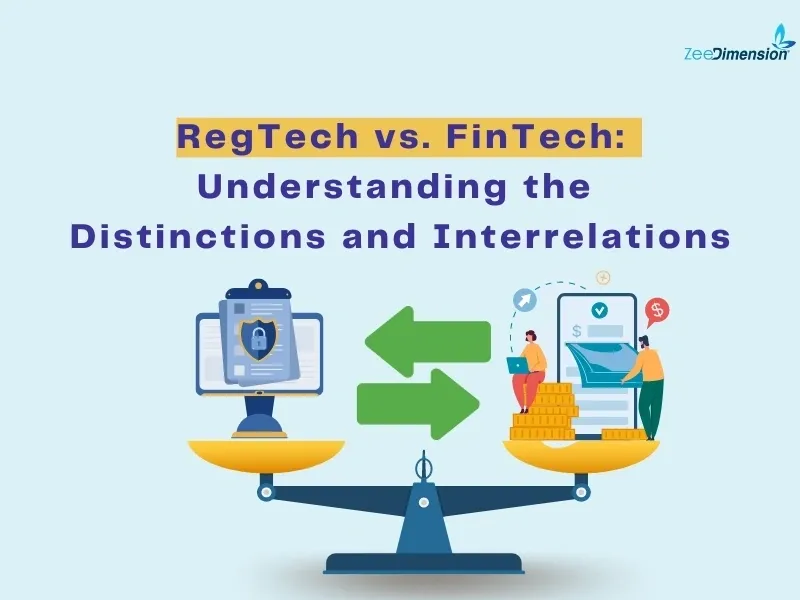
In the evolving landscape of financial services, two terms have gained significant prominence: RegTech and FinTech. Both represent technological advancements aimed at enhancing the financial sector, but they serve distinct purposes and address different challenges.
What is RegTech?
RegTech, short for Regulatory Technology, uses technology to help organizations comply with regulations efficiently and effectively. It leverages innovative solutions to manage regulatory processes, including compliance, reporting, and monitoring.
Key Features of RegTech
-
Automation of Compliance: Automates routine compliance tasks, reducing the risk of human error.
-
Real-time Monitoring: Provides real-time insights into compliance status, ensuring swift responses to regulatory changes.
-
Cost Reduction: Reduces costs by streamlining processes and minimizing manual intervention.
-
Data Management: Enhances data collection, analysis, and reporting capabilities.
Examples of RegTech Solutions
-
KYC (Know Your Customer) Verification: Automates the verification process to ensure compliance.
-
AML (Anti-Money Laundering) Monitoring: Uses algorithms to detect and report suspicious activities.
-
Regulatory Reporting: Streamlines the collection and submission of required reports to regulatory authorities.
What is FinTech?
FinTech, short for Financial Technology, encompasses a broad range of innovations designed to improve and automate financial services. It aims to enhance customer experiences, increase efficiency, and introduce new financial products and services.
Key Features of FinTech
-
Innovation in Financial Services: Introduces new ways to conduct financial transactions and manage assets.
-
Customer-Centric: Focuses on improving the customer experience through user-friendly interfaces and personalized services.
-
Efficiency and Speed: Enhances the speed and efficiency of financial transactions.
-
Inclusivity: Provides financial services to underserved populations, increasing financial inclusion.
Examples of FinTech Solutions
-
Mobile Payments: Enables secure and convenient payment transactions via mobile devices.
-
Robo-Advisors: Uses algorithms to provide automated, low-cost investment advice.
-
Peer-to-Peer Lending: Facilitates direct lending between individuals, bypassing traditional financial institutions.
Key Differences Between RegTech and FinTech
Primary Focus:
-
RegTech: Regulatory compliance.
-
FinTech: Enhancing financial services.
Target Audience:
-
RegTech: Financial institutions and regulatory bodies.
-
FinTech: Consumers, businesses, and financial institutions.
Core Functions:
-
RegTech: Automates compliance processes and manages risk.
-
FinTech: Provides innovative financial solutions.
Technological Applications:
-
RegTech: AI, ML, and blockchain for compliance.
-
FinTech: AI, ML, blockchain, and big data for new products.
Interrelation Between RegTech and FinTech
While distinct, RegTech and FinTech often overlap. FinTech innovations can create new regulatory challenges, which RegTech solutions aim to address. For example, the rise of digital banking and cryptocurrencies has led to advanced AML and KYC solutions.
Conclusion:
Understanding RegTech and FinTech is crucial for navigating the modern financial landscape. RegTech focuses on compliance and efficiency, while FinTech aims to innovate and enhance financial services. Together, they contribute to a more efficient, secure, and inclusive financial ecosystem.
Stay connected with industry updates to explore how these technologies can transform your financial operations.







